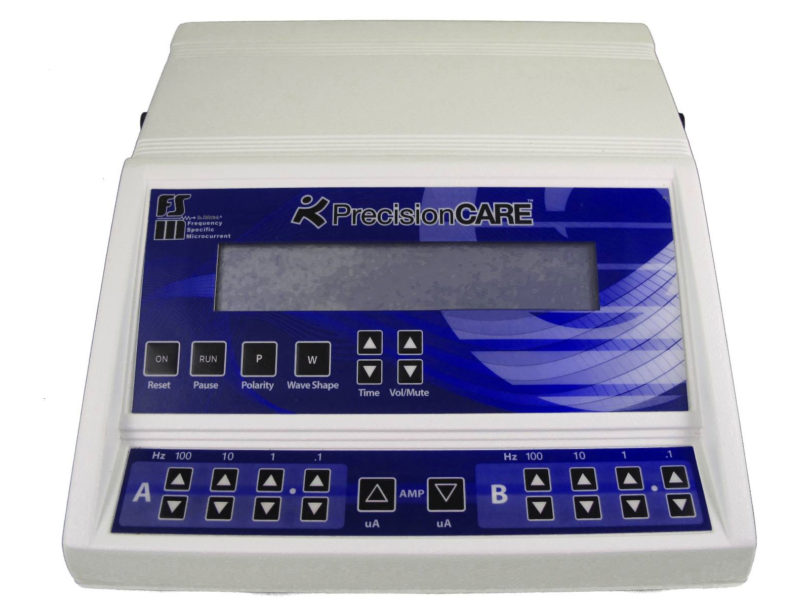Can resonance alleviate pain?
In a society where one of the most common reasons for a medical visit is pain, and where opioid abuse and addiction is the fastest growing medical concern, we must seek a better way.
In the early 1900s, therapies involving machines that used vibrational frequencies were commonly used to successfully treat pain and other conditions. In 1910, the Flexnor Report attempted to standardize medical care and education by choosing drugs and surgeries as the “scientific” therapies of Western medicine and outlawing everything that didn’t fit that model. By the mid-1930s, the harmless frequency machines were forced into oblivion by the American Medical Association.
Today, Frequency Specific Microcurrent (FSM) is becoming more and more popular, especially among professional athletes. The premise behind FSM, according to leading authority Dr. Carolyn McMakin, is this: All cells and tissues have unique electrical signatures. When specific frequencies are applied, it creates a resonant effect to injured or damaged tissue and encourages healing. The results are impressive, consistent and successful.
A client who suffered from trigeminal neuralgia — a chronic pain condition that affects a nerve in the face — stopped having any facial pain after two one-hour treatments.
FMS is a safe, holistic treatment for pain, and in the words of McMakin, “Can’t hurt, might help.”







